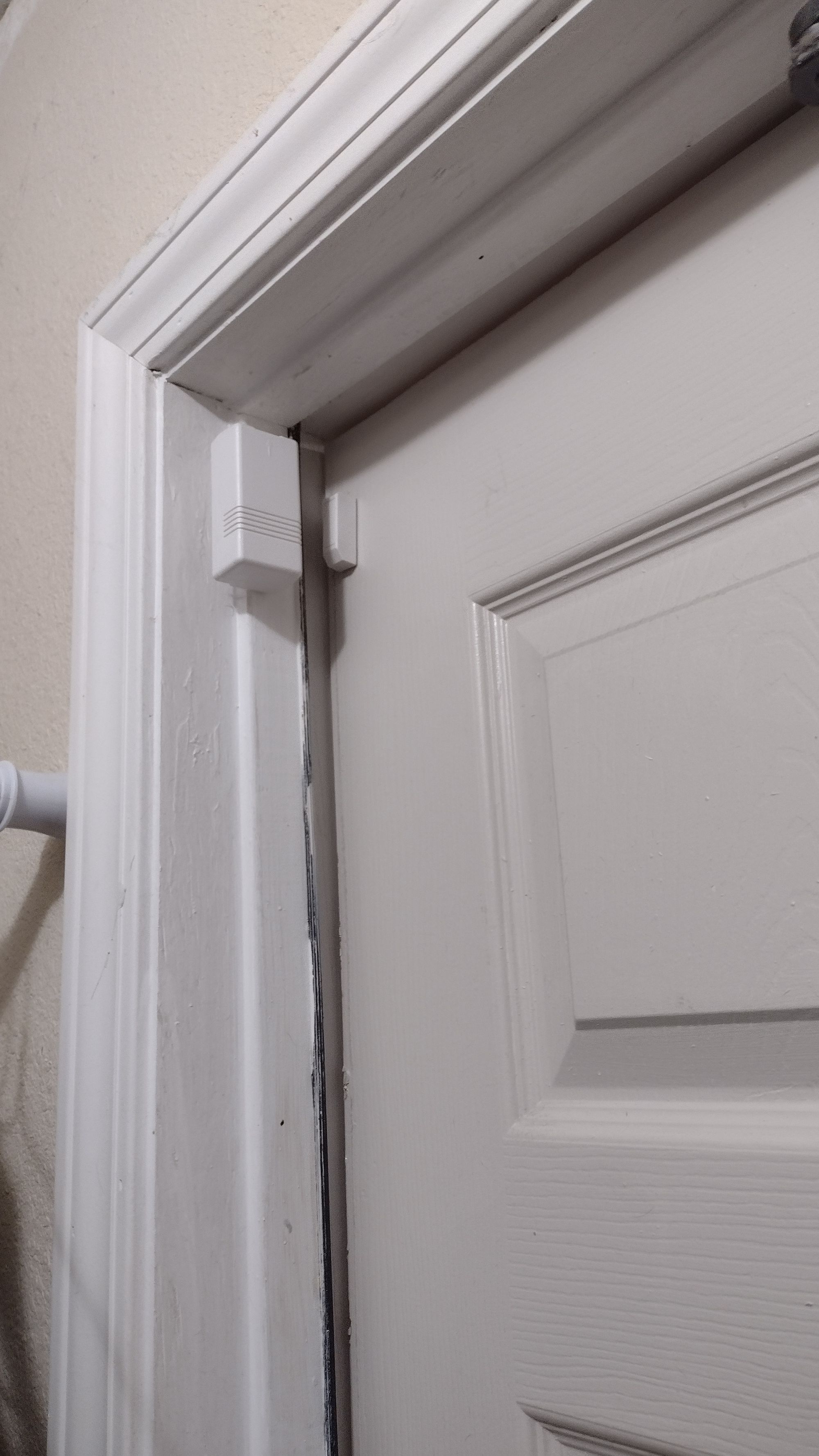Penny-wise but Pound-foolish

If you've used a canister stove for any amount of time, you've undoubtedly got a collection of half-used canisters. Annoying. Wouldn't it be great if there were some way to combine the contents of one cannister into another? Surely there must be a way. I consulted the modern source of knowledge for all things backpacking (YouTube) and came across this on Amazon:

When I first got it, I read the directions and successfully combined a couple half-filled canisters into one full one. The process is relatively simple: You screw the receiving can on the bottom and the source can on the top, and open the valve. In order to facilitate the transfer, the instructions directed me to create a temperature differential between the two cans, with the hot one on top and the cold one on the bottom (since gas will flow from hot to cold.) To chill the bottom canister, you simply put it in the freezer for a bit. To warm the top one, you simply put it in a pot of boiling water.
Anyone see a problem here? What happens when you heat gas in a closed container? Well, the pressure goes up of course. Surely these cans are robust enough to handle 212 degrees, right? RIGHT?
Last night I was combining canisters. I had already transferred/combined two partials into one, and was looking to top off that now 3/4-filled one. So I grabbed another can - a full one - to top off the 3/4 filled can.

Yeah, I didn't think that one through. I no longer have the instructions, so I can't remember if they included a warning about doing what I just did (heating a full can), but lets just say that my little cost-saving effort turned out to cost me $1300 and one hell of a mess. By my math, I could have purchased 260 full canisters for what this has cost me.
I was standing about 8 feet away, leaning up against the sink, facing the stove, and looking at my phone when it went off. The bottom inverted and separated from the body of the cylinder, which shot up, smashed into the microwave above the stove, across the room, and knocked a full bottle of wine off of a shelf to the floor. The bottom of the canister, and the heavy stainless steel pot it was in, smashed through the stovetop.


I was reading my phone at the time. I looked up and saw a huge ball of flame as the now-released 200 gram isobutane cloud ignited. It only lasted a couple of seconds. I didn't feel any heat but somehow the hair all over my head - including the back of it - got singed. Thank goodness I was as far away from it as I was.
When I was going through basic training I got to throw a real hand grenade. That thing was damn loud, but it's a military explosive - you expect it to be. Yesterday's episode is that it wasn't as loud as I would have expected. It was definitely a big boom, but not as loud as a gunshot. Gunshots, however, don't produce a pressure wave like this did. This thing knocked pictures off the wall in rooms across the house, and bent/destroyed the door going into the garage.


I've seen all sorts of YouTube videos on canister stoves that caution about the dangers of using a windscreen tucked close around the base of the canister. They caution that the canister could get too hot and blow up. I thought that was likely BS as those canisters are surely engineered to handle the expected temperatures a canister would get to under normal operations. I no longer think that's BS. The risk is real. My failure occurred in boiling water - just 212 degrees. I can easily see a canister getting that hot if enclosed inside a windscreen.
Take-Aways:
1) Don't be a cheap skate. Just buy new cans. Save the half-used cans for car-camping.
2) The risk of explosion if the canister gets too hot is very real. It doesn't even have to get very hot.
Keep Hiking my friends

